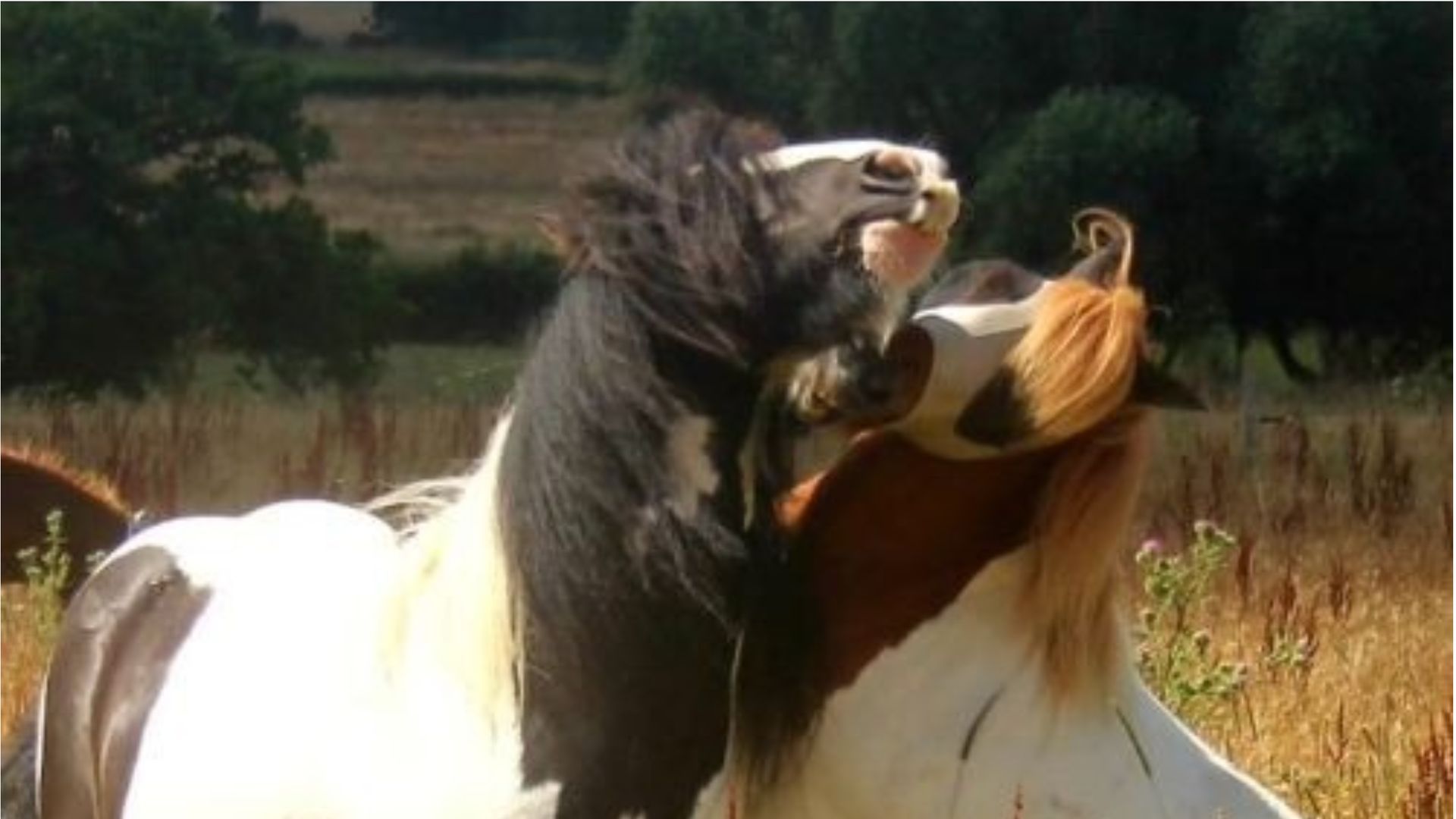KPU in Horses - the possible reason behind why “everything’s wrong”?
Ever felt like your horse is the one where everything goes wrong?
A tendon injury one year, a mysterious cough the next, then laminitis, faecal water, itchy skin, poor hooves… and no matter what you try, nothing seems to stick?
You’re not alone - and it may be that your horse might be dealing with something called KPU.
What is KPU?
KPU stands for Cryptopyrroluria, often nicknamed the “disease of a thousand faces.” Why? Because it doesn’t look the same from one horse to the next. Instead, it hides behind a variety of issues that don’t seem connected - until you look deeper.
At its root, KPU starts in the hindgut biome. When the balance of microbes is disturbed (a condition called dysbiosis), the hindgut stops producing enough of one vital nutrient: active Vitamin B6 (P5P). Without it, the liver can’t complete its detoxification process.
And when the liver can’t detoxify properly? Toxins build up in the body, get stored in tissues, and cause problems everywhere.
Why haven’t you heard of It?
KPU is still relatively unknown in equine circles. Some vets and labs don’t yet recognise it, and testing is limited (currently only available in Germany). But more and more horse owners and practitioners are seeing the signs - and recognising the same pattern:
- Horses with multiple overlapping issues
- Cases where therapies and medications don’t seem to work
- Problems that ease in winter but flare with grass season
Common signs of KPU
Because KPU manifests in so many ways, it’s easy to mislabel as something else. Some of the red flags include:
- Persistent faecal water, diarrhoea, or gas
- Mallenders/sallenders, sweet itch, mud fever, or unexplained skin flare-ups
- Hoof problems: thrush, WLD, repeat abscesses, weak horn
- Chronic cough that isn’t truly allergic
- Intermittent lameness, back tension, or tendon/ligament swelling
- EMS or laminitis cases that don’t respond to careful feeding or supplements
Sound familiar? You’re not imagining it.
Can It Be Fixed?
The good news:
yes.
KPU isn’t genetic - it’s the result of a compromised hindgut biome. Which means it can be reversed by:
- Restoring the hindgut microbiome (ad lib hay, no haylage, simple fibre-based feed)
- Supporting detox organs (liver and kidneys)
- Adding specific nutrients (zinc, MSM for sulphur, active B6/P5P, B12)
At EquiNatural, we also provide a structured KPU Reset Programme to guide the process step by step.
Final thoughts
KPU may be a mystery, but once you know what to look for, the puzzle pieces start to fall into place. If your horse seems to carry “everything at once,” it’s worth exploring whether KPU is the missing link.
Want the full deep dive? Head to our KPU Advice Page for all the science, symptoms, and support strategies.










